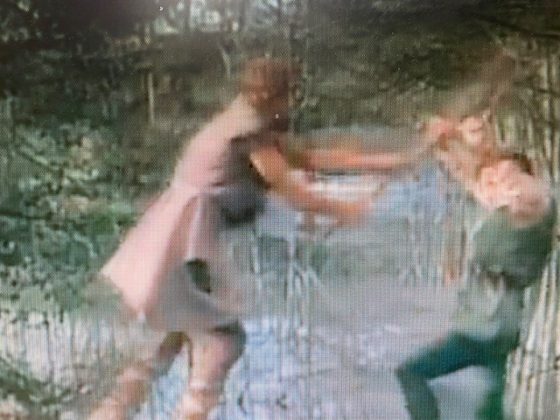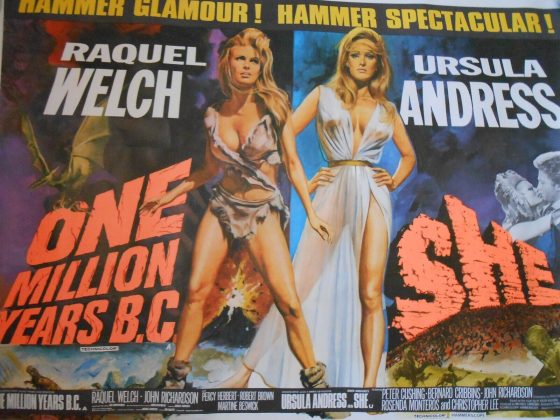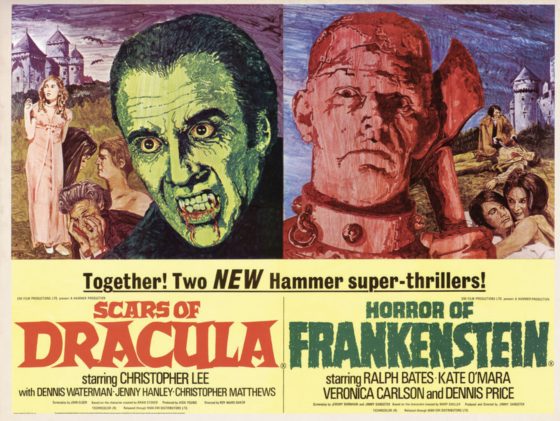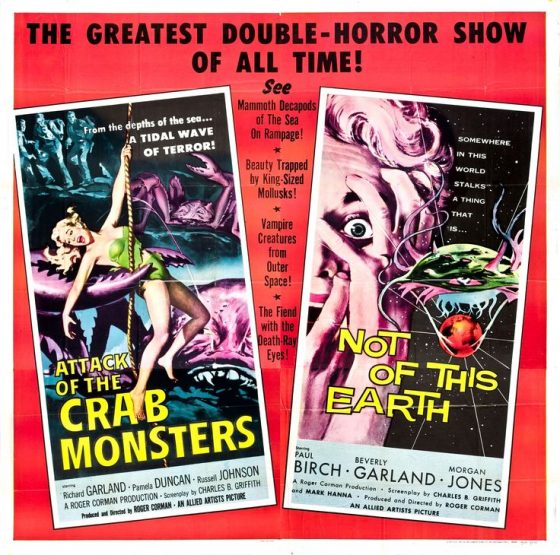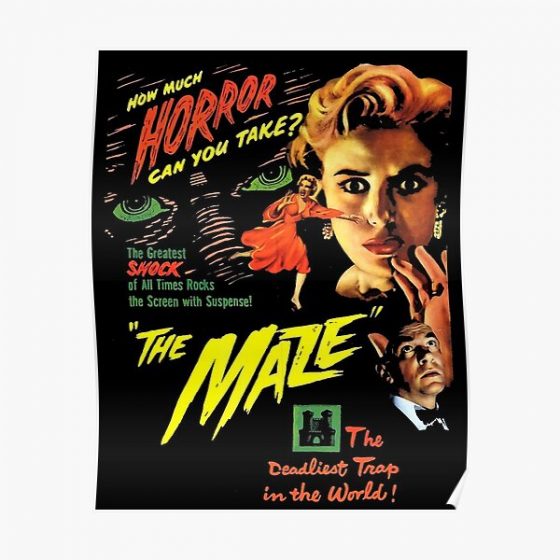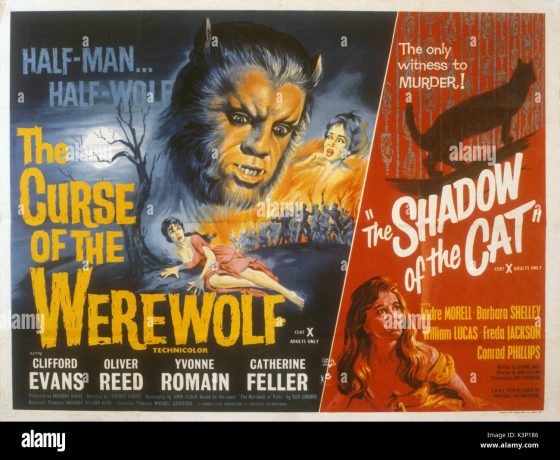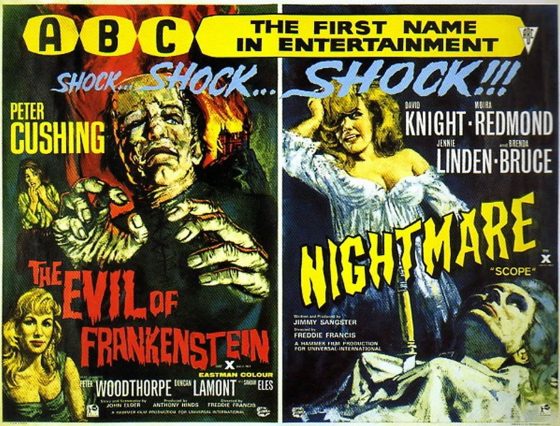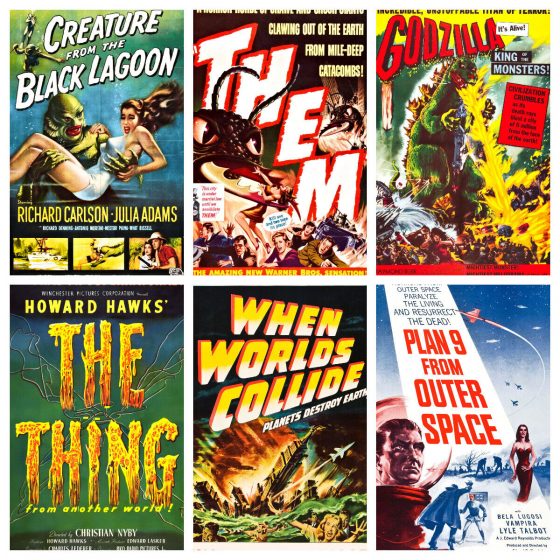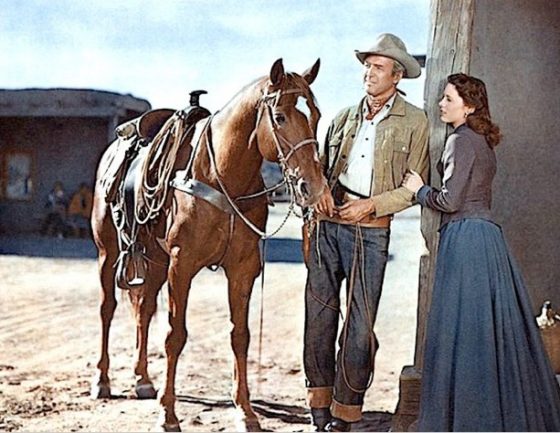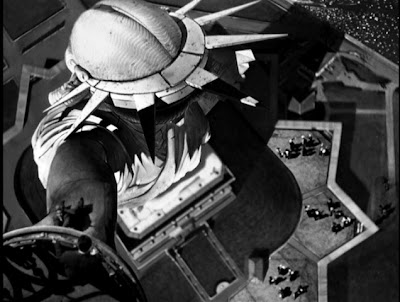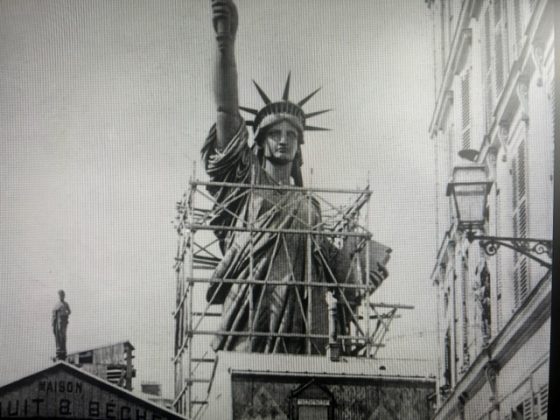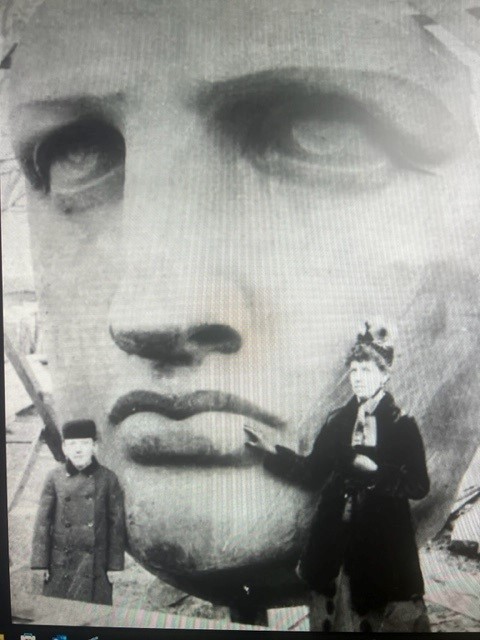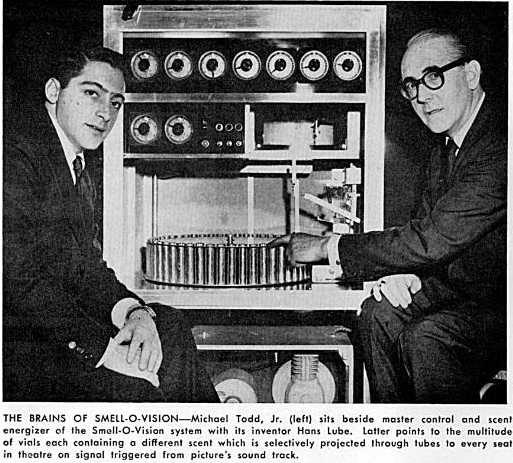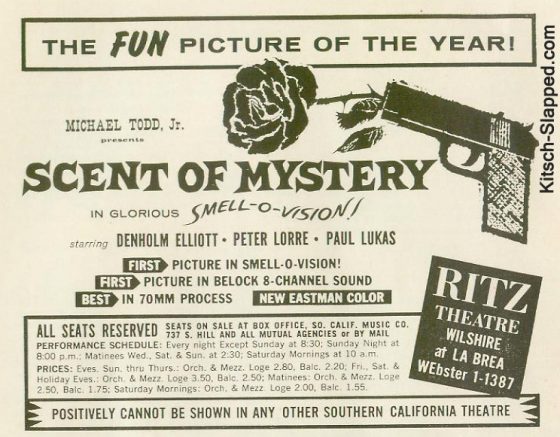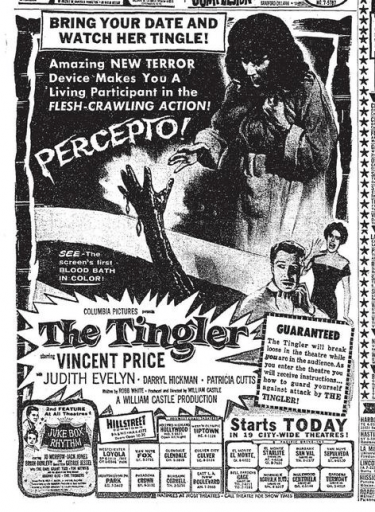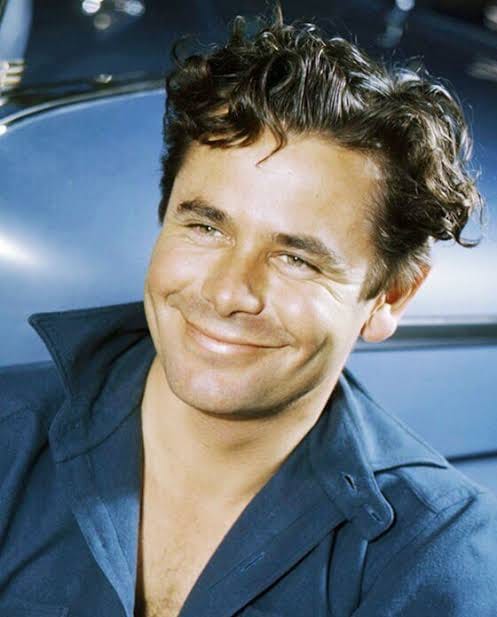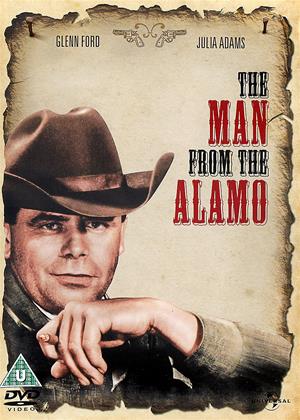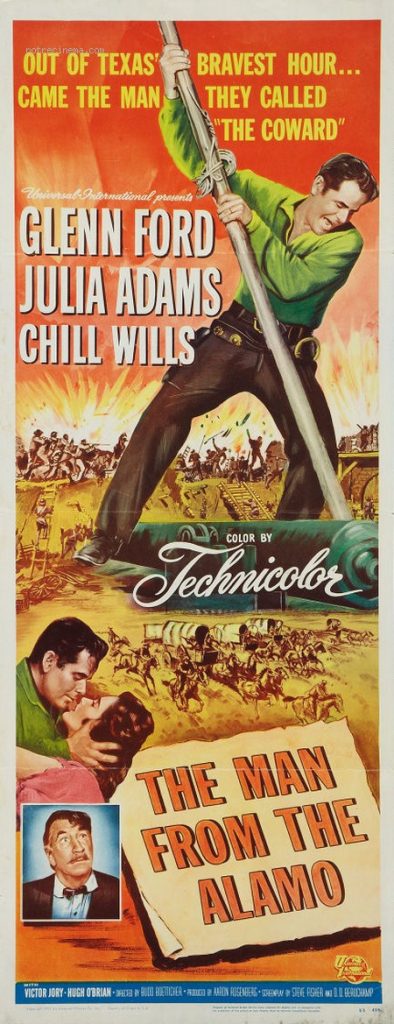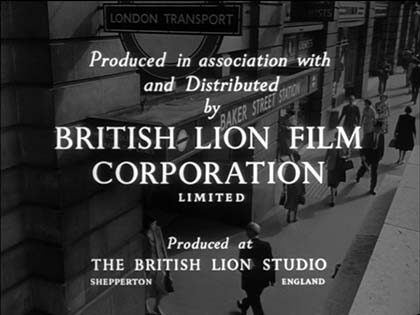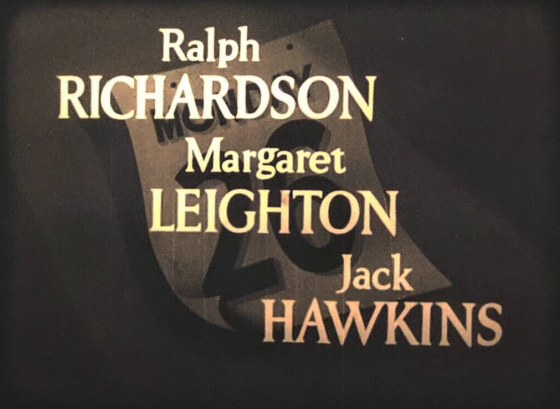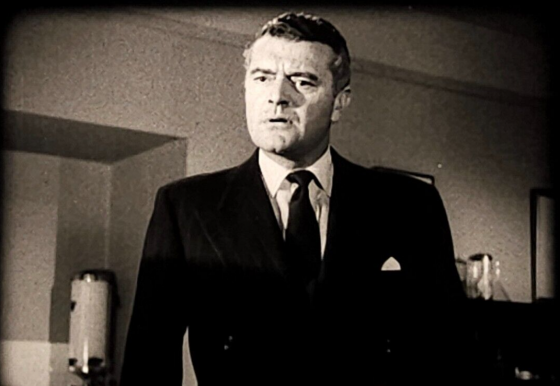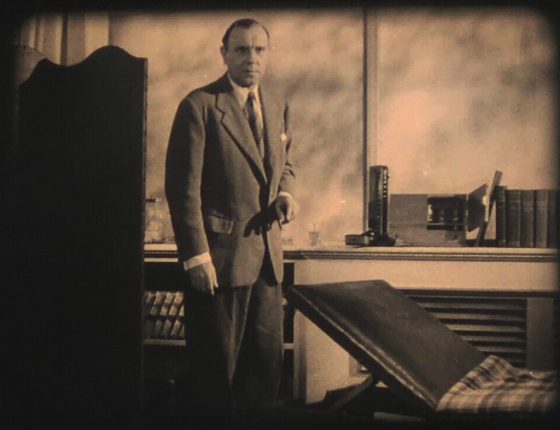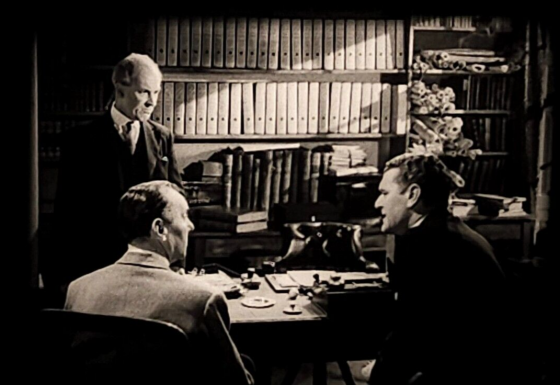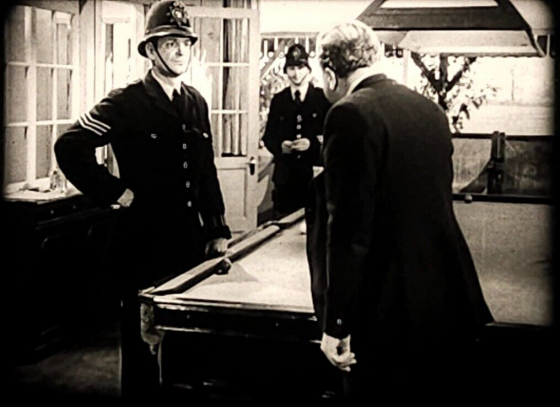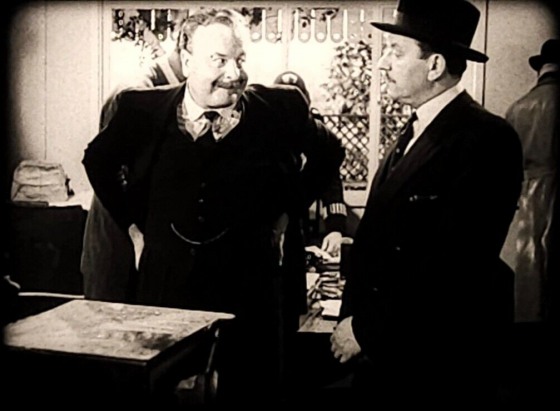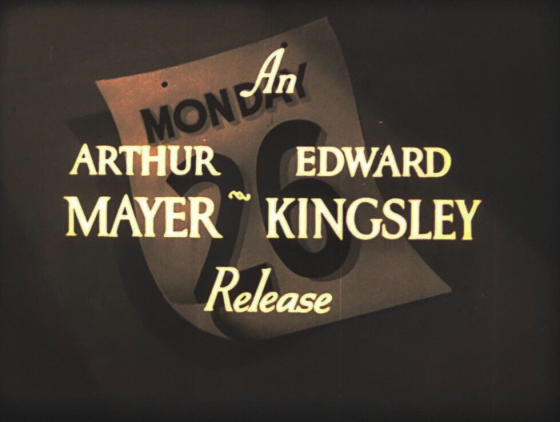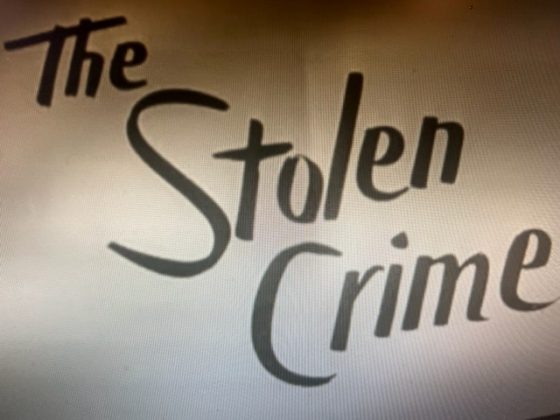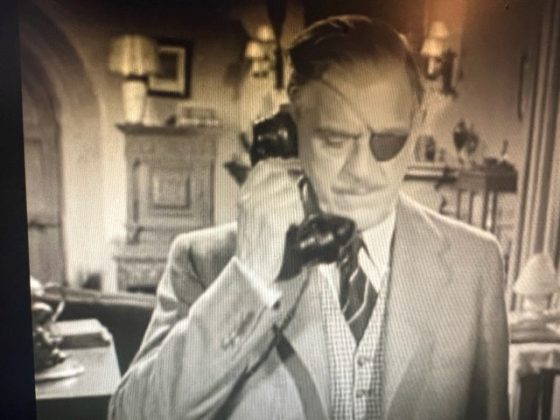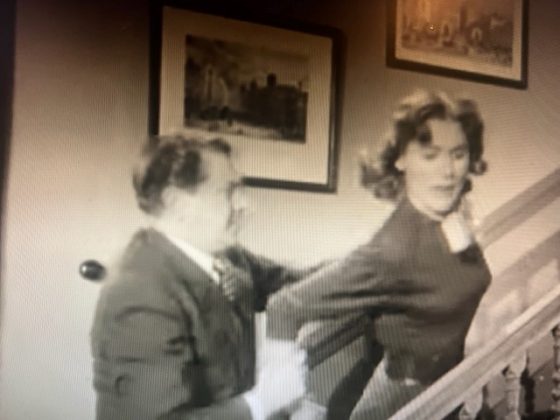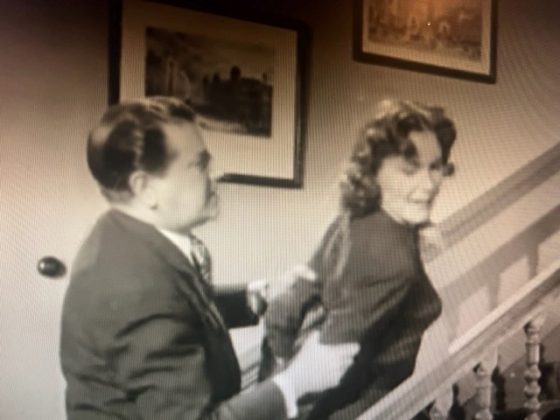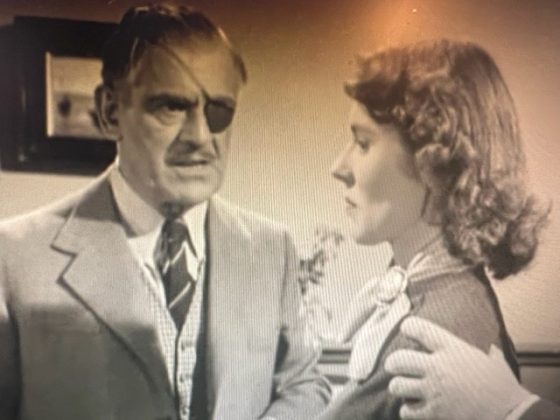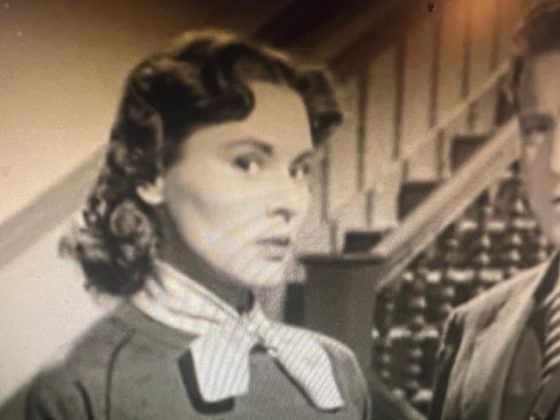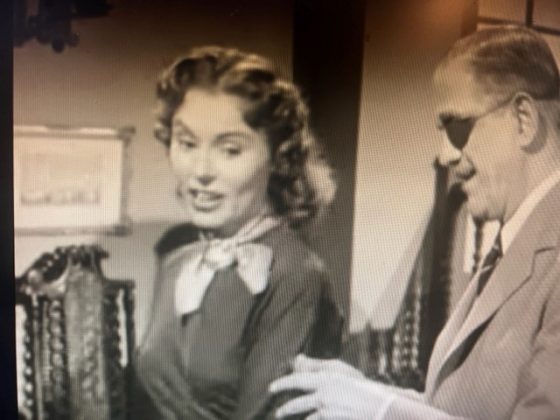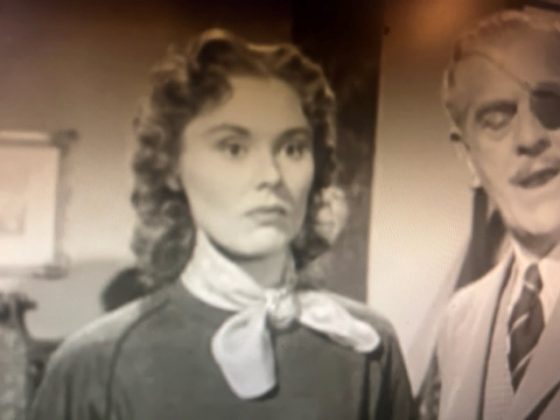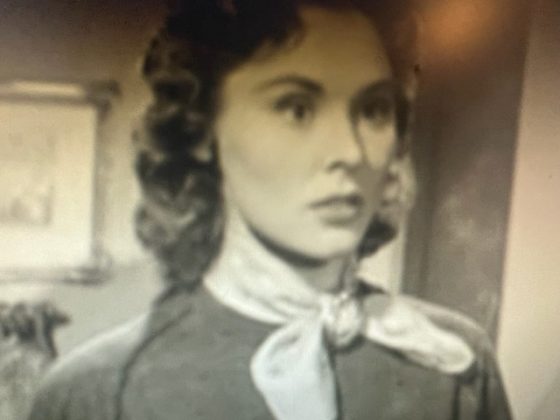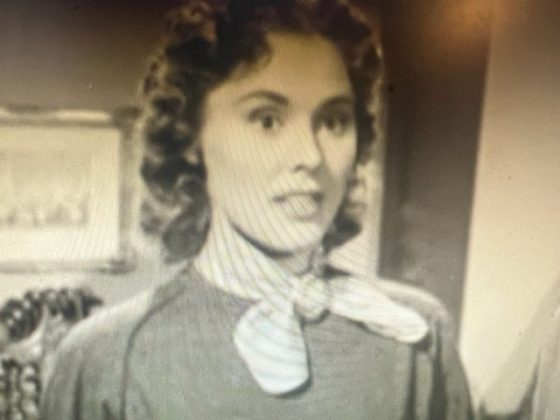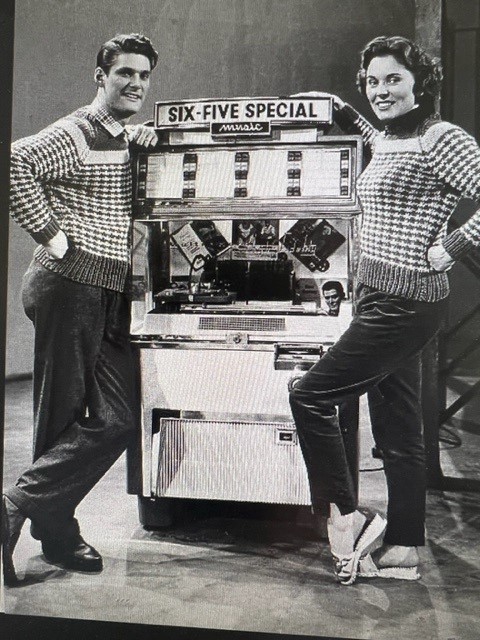RICHARD GREENE – (August 25, 1918 – June 1, 1985)
Born Richard Marius Joseph Greene – English film and television actor.
A matinée idol who appeared in more than 40 films, he was perhaps best known for the lead role in the long-running British TV series The Adventures of Robin Hood, which ran for 143 episodes from 1955 to 1959.
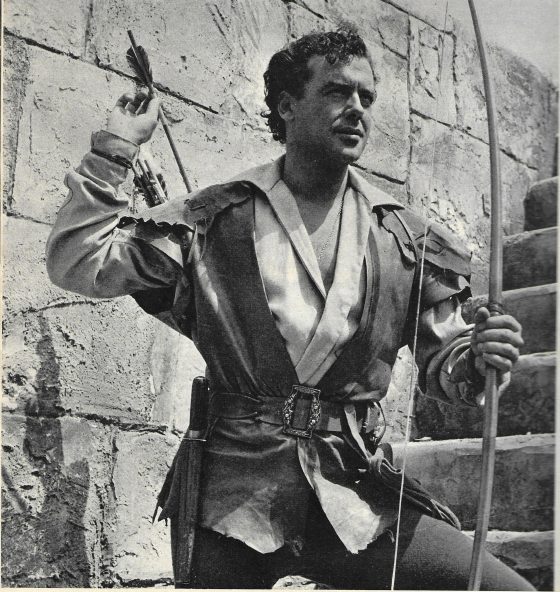
Early life –
Richard Greene of Irish and Scottish ancestry, and was born in Plymouth. He was raised Roman Catholic, attending Cardinal Vaughan Memorial School (Kensington, London), which he left at 18.
His aunt was actress Evie Greene.
His father, Richard Abraham Greene and his mother, Kathleen Gerrard, were both actors with the Plymouth Repertory Theatre. He was the grandson of Richard Bentley Greene and a descendant of four generations of actors.
It has been stated elsewhere that he was the grandson of the inventor William Friese-Greene, (credited by some as the inventor of cinematography) but this was found to be wrong.
He had been married to Patricia Medina and a few years before this, they had both travelled to Hollywood to appear in films – actually she fared better than he did

The Above is an earlier Picture from February 1949 – Richard Greene and his wife Patricia Medina pack before flying to the USA.
In Hollywood she appeared with Alan Ladd in ‘Botany Bay’ another one of my favourites and I am pretty sure she shared star billing in this.
She travelled backwards and forwards between Hollywood and England and in fact she appeared in this one also with Alan Ladd – ‘The Black Knight’ made at Pinewood Studios
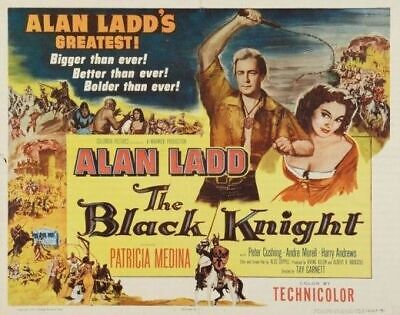
Richard Greene and Patricia Medina were divorced in 1951 – much later in 1959 he married his second wife Beatrice Summers and they had a daughter
He retained an interest in horse racing all his life, and was also a keen and accomplished golfer. He had, in his Hollywood days, been a good friend of David Niven and Errol Flynn
He died at his home in Norfolk in 1985, according to his daughter Patricia. She said he had never fully recovered after being injured in a fall in 1982.
“He still had quite a fan club and was receiving letters requesting signed pictures,”
He had been a big star in Hollywood before the War appearing in more than 40 films, including “The Hound of the Baskervilles,” “Forever Amber” and “My Lucky Star” but like so many careers at that time, it was damaged by those years away – he came back and made quite a few films but they were never that successful until be hit the jackpot as Robin Hood – a part he seemed born to play – he fitted the role so well.
That went ‘big’ in England and America and was the first Television series made in England to take the USA by storm which it un-doubtedly did..
Richard Greene was born in Plymouth, the son of an actor and actress. He joined a repertory company in his teens and at 20 was discovered by producers at 20th Century Fox studios, who described his looks as combining the features of Tyrone Power and Robert Taylor.
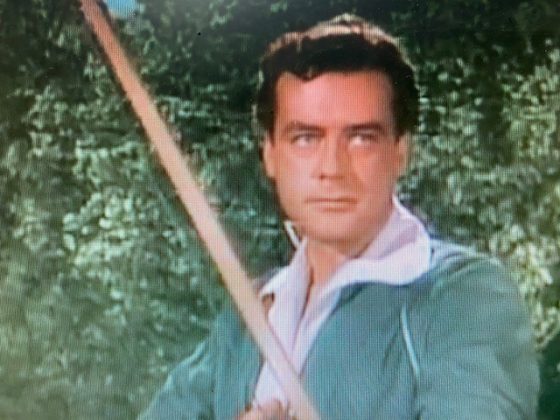
Richard Greene in great form as Robin Hood
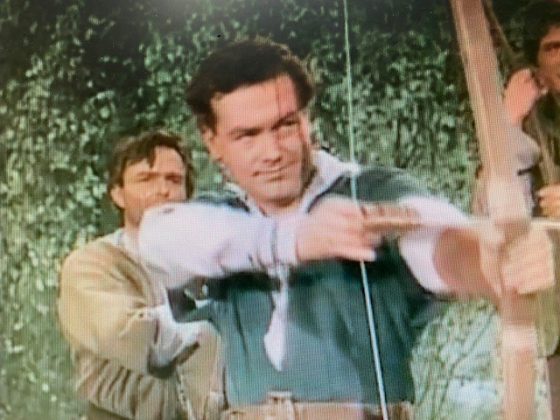
Richard Greene in great form as Robin Hood tis time with his trusty bow and arrow
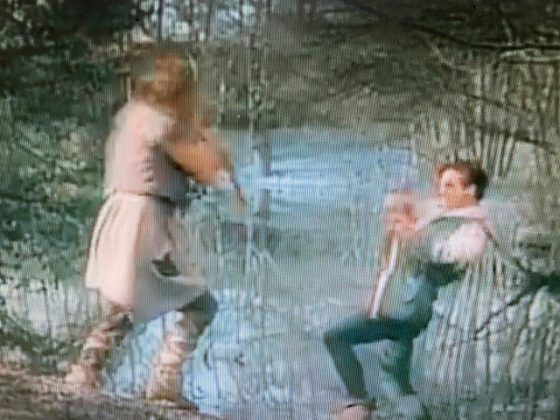
ABOVE and BELOW : The famous quarter staff fight with Little John – Not that well done here really I thought but looks better in colour
